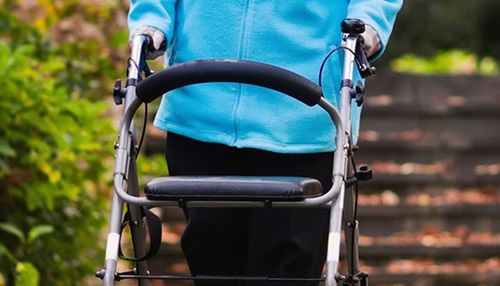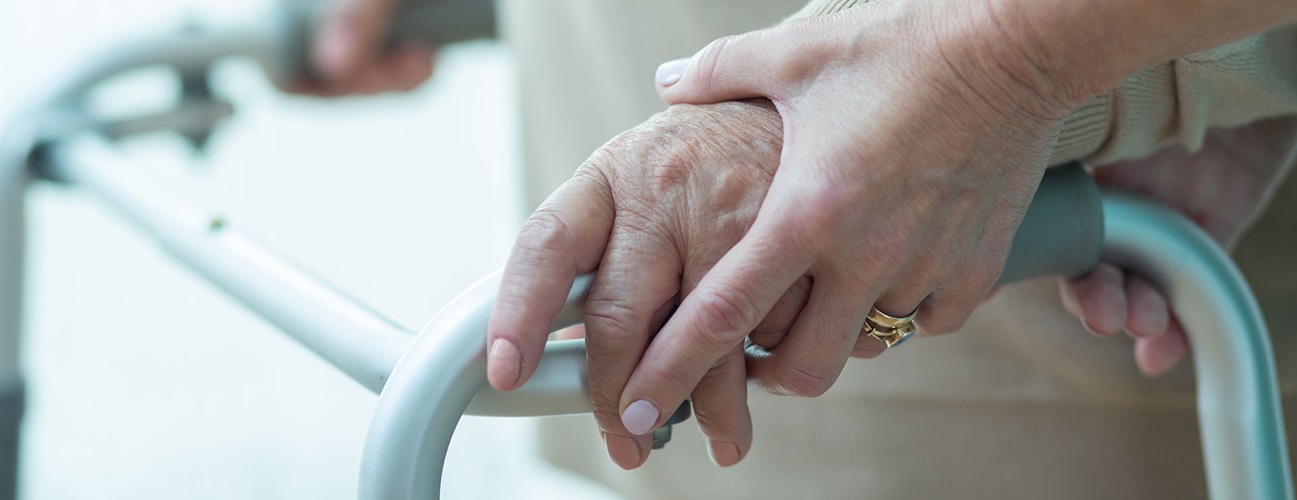Assistive Equipment for the Home
What assistive devices might be necessary in the home?
Assistive and adaptive equipment is any kind of tool or device that can simplify caregiving or make the environment safer for a person who is ill, disabled or elderly. Medical and assistive devices make navigating the home and performing daily tasks easier for those with mobility, vision or hearing impairment. The equipment best suited for your situation depends on your needs and the layout of your home.
Some of the more common types of assistive devices and equipment include:
Mobility Aids
- Walkers and canes
- Wheelchairs
- Stair lifts
Home Modifications for People with Impaired Mobility
- Entry ramps
- Handrails for stairs
- Beds with features that make it easier to get in and out of bed
Kitchen Improvements for People with Impaired Mobility
- Pull-down kitchen shelves
- Movable cabinets under the sink
Bathroom Modifications for People with Impaired Mobility
- Bathroom grab bars
- Roll-in showers
- Raised toilet seats
- Shower seats
- Bathtub mats
Assistive Devices for People with Visual Impairment
- Assistive telephones (for visual impairment)
- Induction cooktops (for visual impairment)
- Screen readers
Assistive Devices for People with Hearing Impairment
- Assistive telephones (for hearing impairment)
- Doorbell signaler
- Assistive listening devices
- Hearing aids
Assistive Devices for Home Safety
- Smoke detectors throughout the home
- Alarm system in the home
- Nightlights where needed
There are many ways to obtain medical and assistive devices for the home. Always seek professional help. Talk with your health care provider or home health care provider about your particular needs and the best way to decide which assistive equipment will be right for you and your home.
Get the Medical Equipment You Need at Home







